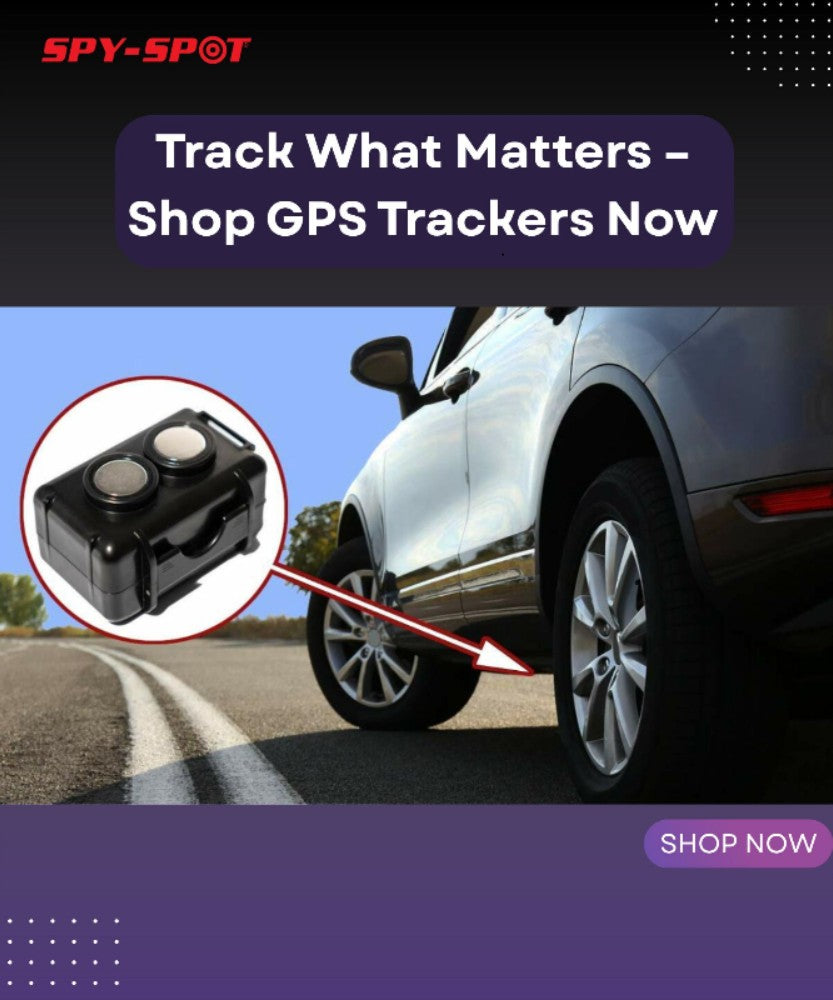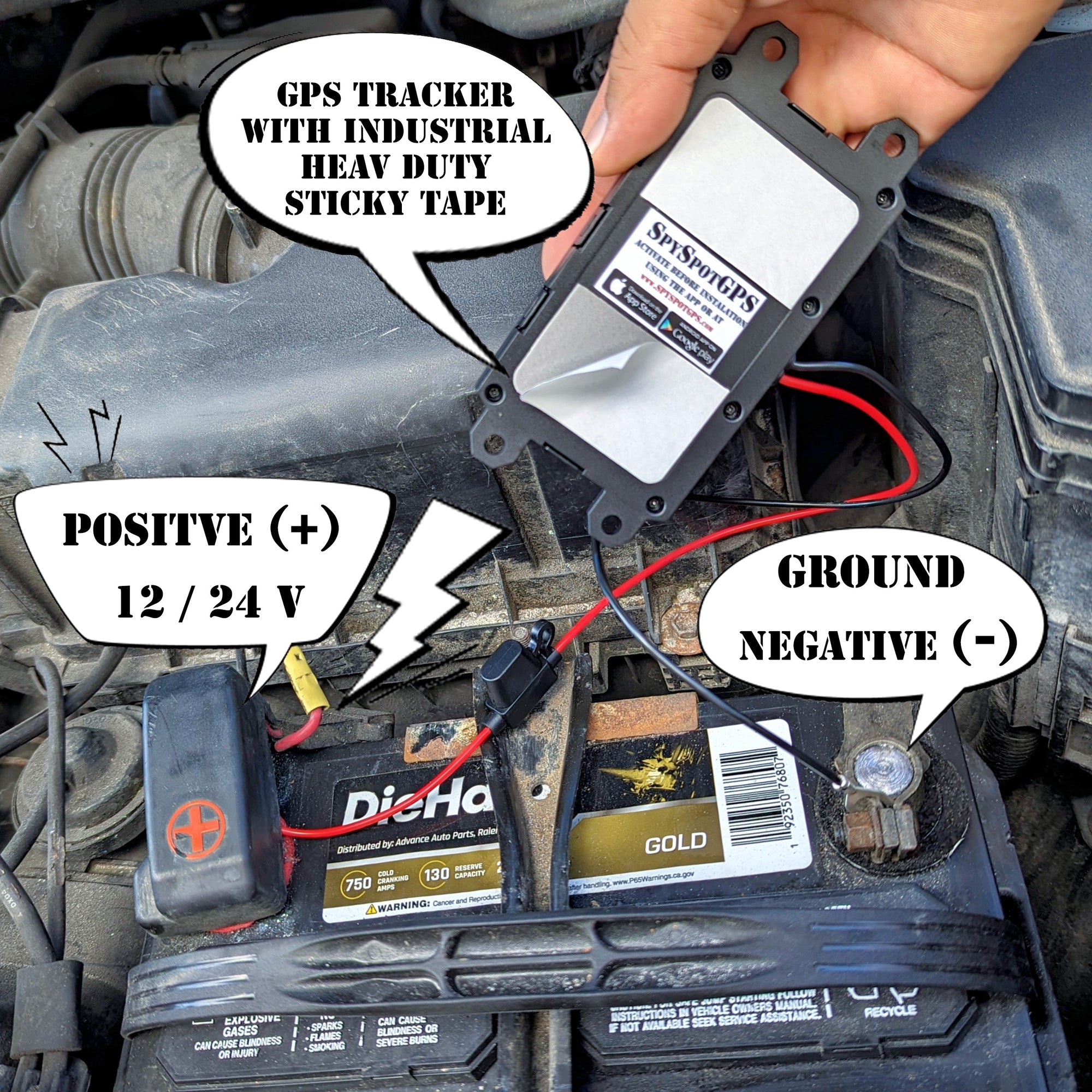How GPS Trackers & Geofencing Help Monitor Young Drivers
When Karen and Mike’s daughter, Sarah, passed her driving test, they were both excited and anxious. It wasn’t just the typical excitement of a new driver—there was a deeper, quieter worry about Sarah’s safety. As proud as they were of her newfound independence, they knew all too well that young drivers, especially teenagers, can often be a bit too reckless behind the wheel.
One evening, Sarah was heading to a friend’s birthday party across town. She had a curfew and, like most teenagers, she was in a rush. But it wasn’t the rush that worried Karen and Mike—it was the speed. Sarah had always been a bit impatient on the road. She didn’t always pay attention to the speedometer, and Karen had caught her a few times driving a little faster than she should. But this time, Karen had a plan.
A Quiet Solution
Instead of trying to keep track of every move Sarah made or constantly reminding her about speed limits, Karen and Mike decided to install a GPS tracker in Sarah’s car. The decision wasn’t made out of a lack of trust—quite the opposite. They wanted to give Sarah her freedom, but they also wanted to ensure she was safe, especially in those first few months behind the wheel.
The tracker they installed had real-time monitoring and alert features. It wasn’t about spying—it was about ensuring Sarah's safety. When she left for the party that evening, Karen received an alert: Sarah was driving faster than the speed limit on a section of highway. Without hesitation, Karen sent her a simple text: “Slow down.”
Sarah, slightly startled by the message, immediately checked her speed and adjusted it. She knew that her parents were monitoring her driving, but instead of feeling controlled, she felt more responsible. The GPS tracker had provided a gentle reminder—one that didn’t come with the usual lecture—but it was effective.
The Hidden Power of a GPS Tracker
For many parents, the idea of tracking a young driver may seem invasive. After all, teenagers value their independence. But for Karen and Mike, the GPS tracker was an ally, not an obstacle. It gave them the ability to monitor Sarah’s driving habits and address any potential issues before they became serious.
Through the GPS tracker, Karen and Mike weren’t just tracking Sarah’s location—they were gaining insights into her driving patterns. The tracker provided data on her speed, the routes she took, and even how often she used the brakes sharply or accelerated quickly. These weren’t just numbers; they were actionable pieces of information that Karen and Mike could use to coach Sarah on safer driving.
How GPS Trackers Shape Young Drivers’ Habits
Sarah’s story isn’t unique. Many parents find themselves in a similar position, wondering how to balance their teen's freedom with the need for safety. GPS trackers can play a crucial role in this. One of the most useful features of a GPS tracker is geofencing. This allows parents to set up virtual boundaries around specific locations—like home or school—and get notified if their child goes outside those zones. For example, if Sarah had a curfew or needed to stick to a specific route, Geofencing provides an extra layer of control by sending an alert whenever the driver enters or exits a predefined area, offering parents peace of mind without constant monitoring. If you need a placeholder address to test geofencing setups, tools like Fake Address Generator can help.
Speed Monitoring and Alerts
One of the key features of a GPS tracker is the ability to track speed in real-time. For young drivers, excessive speeding is a common issue. By setting up speed alerts, parents can be notified immediately when their child exceeds the speed limit. This provides an opportunity to address the behavior, whether it’s a simple reminder like Karen sent to Sarah or a more in-depth conversation about the dangers of speeding.
Geofencing for Added Control
Another valuable tool is geofencing. This feature allows parents to create virtual boundaries around specific locations—like home or school—and get notified if their child goes outside those zones. If Sarah had a curfew to meet or needed to stick to a specific route, geofencing would ensure she stayed on track.
Coaching Through Data
Some advanced GPS trackers even allow parents to access data on driving behavior—like harsh braking or rapid acceleration. This data can be used to coach young drivers, teaching them how to drive more smoothly and safely, which helps reduce the risk of accidents.Thanks to the GPS tracker Mark had installed in his vehicle, he was able to track its exact location within minutes of realizing it was gone. The tracker showed the car just a few miles away, and with the help of the police, Mark was able to recover it before the thieves had a chance to move it further. Mark’s quick thinking and the real-time tracking feature turned a potentially devastating situation into a successful recovery.
The Power of Accountability
Thanks to the GPS tracker Mark had installed in his vehicle, he was able to track its exact location within minutes of realizing it was gone. The tracker showed the car just a few miles away, and with the help of the police, Mark was able to recover it before the thieves had a chance to move it further. Mark’s quick thinking and the real-time tracking feature turned a potentially devastating situation into a successful recovery. In similar theft scenarios, having additional security—such as a USB wall charger with hidden spy camera—can capture valuable evidence and increase the chance of recovering stolen property.
As Sarah’s driving improved, Karen and Mike’s concerns lessened. The GPS tracker gave them the tools they needed to make sure Sarah was safe, but it also gave Sarah the confidence to drive on her own, knowing her parents were just a text away if needed.
Conclusion: A Parent’s Peace of Mind
Monitoring young drivers doesn’t have to mean overbearing control. With a GPS tracker, parents can provide their teens with the freedom they crave while also ensuring they are driving safely. Just as it helped Sarah, a GPS tracker can help other young drivers develop responsible habits, giving parents peace of mind and young drivers the independence they need.







